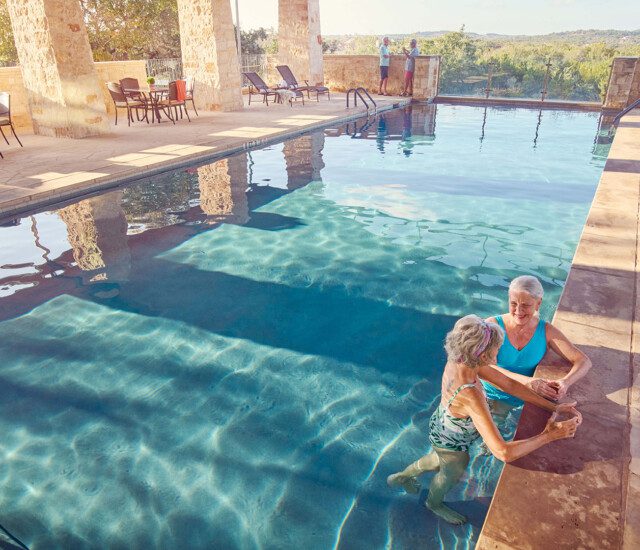Aging in place is a retirement dream many seniors consider, and for some, it’s a decision that works out well. For others, the quality of life that results from remaining at home is less than ideal.
Leaving the home you know and love is an emotional proposition, and the idea of living in a retirement community may strike you as an expensive way to sacrifice your autonomy and control. Yet there are pros and cons to both options.
If you’re wondering whether aging in place could be the best choice for you, consider these factors:

Evolving health care needs
For older adults ages 65 or better, the potential for declining health is a concern. Even with an uneventful medical history, age increases your risk for a number of diseases and age-related conditions.
You may assume you can remain at home until living alone becomes too challenging. However, many senior living communities require a minimum health status for admission. If your condition declines before you enter the community, you may not be eligible to become a resident.
At a Life Care community like Querencia at Barton Creek, residents have access to a complete continuum of high-quality assisted living, memory care, skilled nursing and rehab. That means if your health needs change, you or your family members won’t have the burden of lining up a health care team — there’s one ready and waiting when you need it.

Finances
Staying put with a familiar set of living expenses may be an appeal of aging in place, but senior living communities can offer predictable expenses as well. At home, your plans can derail if your circumstances change and you require more expensive medical care than you anticipated. Depending on the community and the nature of your contract, many residents in senior living communities actually save money on their long-term care, compared to what they would have spent to secure the same medical care and support on the open market.

Caregiver conundrum
Over time, you may begin to rely on assistance from family members and loved ones to keep up with housework, travel to doctors’ appointments and maintain your daily life. If you have an adult child or other family member who is able and willing to step into this caregiver role, aging in place may be a practical solution.
Keep in mind that if your caregiver is still raising children of their own or pursuing a career, there could be an impact on their physical and emotional well-being as they navigate how to satisfy your needs along with their own.
If you’re counting on family to play a significant role in your plans to age in place, it’s a good idea to have a candid conversation before you’re dependent on their help. Talk through potential scenarios and consider how everyone involved will adjust as your needs change over time.
Residential maintenance
Retirement hardly feels like the gift it’s meant to be if you spend much of your time on home repairs, lawn care and other chores. A senior living community will handle all the home maintenance for you, giving you time to enjoy your freedom and independence.
Also remember that older people experience changes in mobility, and your home may need universal design renovations so you can safely pursue your activities of daily living. Those home modifications can be expensive and intrusive.
Quality of life
It’s important to be realistic about how self-sufficient you may be in the future so you can avoid trading independence for isolation. Residential communities offer endless socialization opportunities and other engaging activities that seniors who age in place sometimes forsake to the detriment of their mental and emotional health.
Before making a final decision about aging in place, look into communities you might consider calling home. You can request an appointment to visit Querencia — Austin’s “personal sanctuary” — using the form below.


